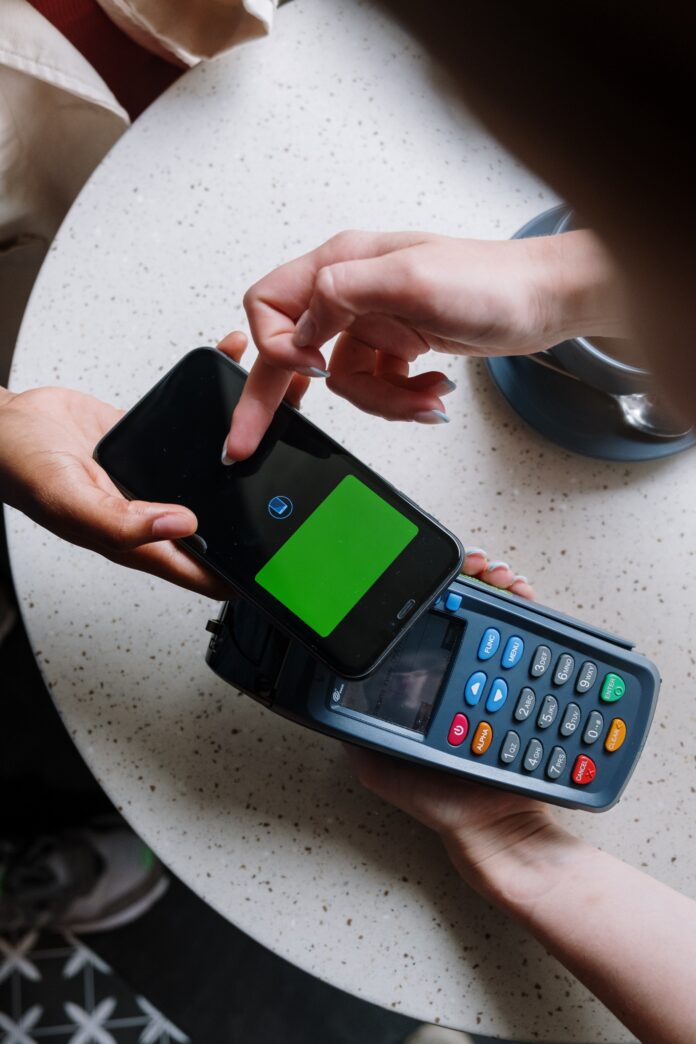In today’s fast-paced economy, the need for fast and cheap payments has become increasingly important. The emergence of blockchain technology has brought about a new era of payment systems. These systems offer real-time payments and lower transaction costs. In this article, we will explore the opportunities and challenges that come with using blockchain technology for real-time payments.
The Role of Blockchain Technology in Real-Time Payments
Blockchain technology is a decentralized ledger that records and verifies transactions in a secure and transparent manner. When it comes to real-time payments, blockchain technology offers a faster and cheaper way to transfer funds. Unlike traditional payment systems, which require intermediaries such as banks, blockchain-based payment systems can operate peer-to-peer. Which allows for faster settlement times and lower fees.
One of the most significant benefits of using blockchain technology for real-time payments is the elimination of intermediaries. With traditional payment systems, intermediaries take a cut of the transaction fees, which can result in higher costs for businesses and consumers. By removing intermediaries, blockchain-based payment systems can reduce transaction costs and offer faster settlement times.
Opportunities for Faster and Cheaper Payments
The benefits of blockchain-based real-time payments extend beyond reduced transaction costs. Real-time payments allow businesses and consumers to receive and send funds almost instantly, eliminating the need for waiting periods. This is very beneficial because at times these waiting periods could last up to several days with traditional payment systems. This can significantly improve cash flow for businesses, allowing them to manage their finances more efficiently and reduce costs associated with cash flow problems.
In addition, real-time payments can help businesses and consumers avoid costly fees associated with overdrafts and late payments. With real-time payments, funds are transferred almost instantly, reducing the risk of overdrafts and late payments. This can help businesses and consumers avoid costly fees and improve their financial standing. Blockchain also records all the transactions in a shared digital ledger. Which makes it borderline impossible to temper or change those records.
Challenges to Implementing Blockchain-Based Real-Time Payments
While blockchain-based real-time payments offer many benefits, there are also significant challenges to implementing these systems. One of the most significant challenges is the lack of standardized regulations. The lack of regulatory oversight can make it difficult for businesses and consumers to trust these systems. Which can also lead to legal issues.
Another significant challenge is privacy and security concerns. Blockchain-based payment systems rely on cryptography to secure transactions, but there is still the risk of data breaches and hacking. With real-time payments, there is also the risk of fraudulent transactions, which can be difficult to detect and prevent.
Finally, there are technical challenges associated with scaling blockchain-based payment systems. These systems rely on a network of nodes to verify transactions, and as the network grows. It can become more difficult to maintain a high level of security and transaction speed.
Case Studies of Blockchain-Based Real-Time Payment Systems
Despite these challenges, there have been successful implementations of blockchain-based real-time payment systems. One of the most successful examples is Ripple, which offers a real-time payment system that operates on the RippleNet blockchain. Ripple’s payment system has been adopted by several financial institutions, including Santander and American Express. And has shown significant promise in reducing transaction costs and improving settlement times.
Another successful example is Stellar, which offers a blockchain-based payment system that allows for cross-border transactions. Stellar’s payment system has been adopted by several organizations, including IBM and KlickEx. And has shown significant promise in reducing the costs associated with cross-border payments.
Conclusion
Blockchain technology has brought about a new era of payment systems that offer faster and cheaper payments. Real-time payments allow businesses and consumers to send and receive funds almost instantly, reducing costs associated with waiting periods and improving cash flow. However, there are still significant challenges associated with implementing blockchain-based real-time payment systems, including regulatory hurdles, security concerns, and technical challenges.
Despite these challenges, successful implementations of blockchain-based real-time payment systems have shown significant promises, such as Ripple and Stellar, have reduced transaction costs and improved settlement times. As the use of blockchain technology for real-time payments continues to evolve, it is important to address these challenges to fully realize the potential benefits of this technology.
And as always folks be sure to check out the Global Growth Forum and read some of the latest articles covering similar topics. Also, check out Mojo Patrakar for articles in Hindi.









